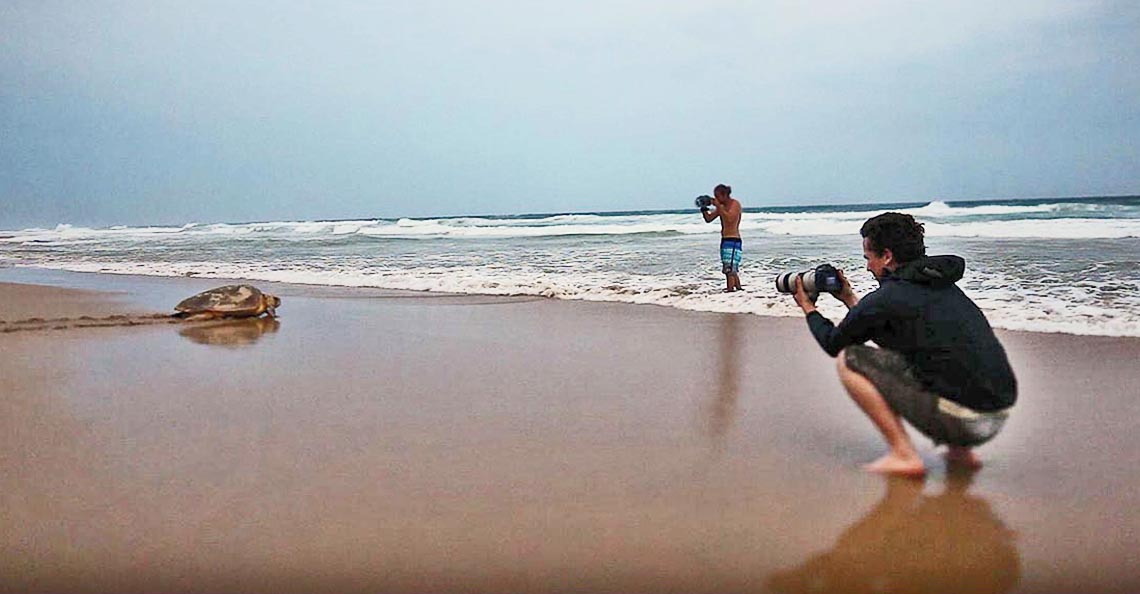Created in 1960, the Maputo National Park, known by many as the Elephant Park, is located in the district of Matutuíne, Province of Maputo. With an extension of 1040 km2, its natural landscape comprises wonderful sandy soiled forests and mangroves, swamps and vegetated parabolic dunes. The elephant is the most charismatic species in the Park, even though the visitors can also observe zebras, giraffes, hippopotami, crocodiles and a variety of antelopes and birds, like the famous African fish eagle. Along the coastline, there are several accommodation locations prepared to host visitors who wish to merge the love for the fauna and refreshing dives in crystal-clear waters.
NATIONAL PARK OF
Maputo

BY LAND / SEA
Coming from the Ressano Garcia border, follow the EN4 until Shoprite. After that, take a right turn into EN2 until Boane, follow the road to Ponta do Ouro and enjoy a thrilling adventure, crossing the bridge over the Umbeluzi river, close to the railroad, where you can see the people washing their clothes, swimming and farming. Vast areas of natural forest and scenic landscapes will be a constant throughout the 134 km of road, for about 3 hours. Enjoy these moments at nature’s own rhythm! When you begin to notice the vegetation being replaced by an arid savannah, you are approaching the Reserve!
You can go via Katembe, by crossing the Maputo Bay, by ferryboat. The crossing happens every hour and transports both vehicles and passengers. The distance from Katembe to the Reserve is about 80 km, which takes around 2 hours.
Within the Park, the road includes dirt tracks and other sandy soils. Because of this, a 4×4 vehicle is recommended.

In Mozambique, there isn’t a cold season equivalent in temperatures to the northern hemisphere’s winter. Therefore, any time of the year is adequate to visit the Park. The hottest season is between November and April, with temperatures ranging from 22 to 35ºC.
The Maputo National Park is a great touristic destination for those who enjoy unique moments contemplating the wildlife. It also has to offer excellent bird watching conditions, recreational fishing and canoeing in its lagoons.
Within the Reserve, you will find lodging in the Chemucane Community Lodge and in the Camping site of Milibangalala. Several lodges are also available along the coast, in the southern and northern parts of the Park. As an alternative, you can also stay in Santa Maria, Ponta Mamoli, Ponta Malongane or Ponta do Ouro, where you can visit the beautiful beaches and practice several water sports.
The Park is the ideal location to observe large families of elephants, several types of antelopes, rodents and birds. Don’t miss the chance to visit the Chingute, Piti and Maundo lagoons, where a great diversity of birds can be observed, as well as hippopotami and Nile crocodiles, along their margins.
Besides the rich wildlife, the Reserve has a great diversity of habitats, comprised of vegetated parabolic dunes, swamp forests, sandy forests, mangrove communities, plains, coastal lagoons, extensive reed beds and wetlands, sheltering a variety of endemic plant species.
The Park is part of the Libombos Transfrontier Conservation Area, that ranges from Mozambique to South Africa and Swaziland, and is located in the region known as the Maputaland Plant Endemism Centre, thanks to its great diversity of endemic and rare plants.

























